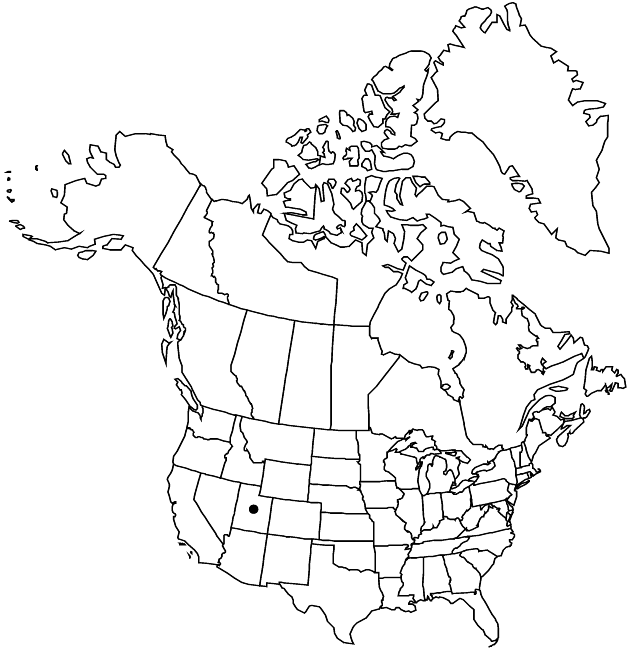Difference between revisions of "Townsendia minima"
Leafl. W. Bot. 1: 206. 1936.
FNA>Volume Importer |
FNA>Volume Importer |
||
| Line 50: | Line 50: | ||
|publication year=1936 | |publication year=1936 | ||
|special status= | |special status= | ||
| − | |source xml=https://jpend@bitbucket.org/aafc-mbb/fna-data-curation.git/src/ | + | |source xml=https://jpend@bitbucket.org/aafc-mbb/fna-data-curation.git/src/8f726806613d60c220dc4493de13607dd3150896/coarse_grained_fna_xml/V19-20-21/V20_446.xml |
|tribe=Asteraceae tribe Astereae | |tribe=Asteraceae tribe Astereae | ||
|genus=Townsendia | |genus=Townsendia | ||
Revision as of 15:23, 18 September 2019
Perennials, 1–2+ cm (± pulvinate). Stems ± erect; internodes 0.1–1+ mm, ± strigose. Leaves basal and cauline, blades ± spatulate, 5–10(–15+) × 1.5–3+ mm, ± fleshy, faces sparsely strigose or glabrate. Heads ± sessile. Involucres ± campanulate, 6–10 mm diam. Phyllaries 20–28 in 3–4+ series, the longer ± lanceolate, 5–7 mm (l/w = 2.5–5), sometimes glabrate, apices obtuse to acute, abaxial faces usually ± strigillose. Ray florets 8–21; corollas white or pinkish adaxially, laminae 4–8 mm, abaxially usually glabrous, sometimes sparsely glandular-puberulent. Disc florets 20–40+; corollas 3–4 mm. Cypselae 2–3.5 mm, faces hairy, hair tips entire or forked; pappi persistent, 15–30 subulate to setiform scales 3–5 mm. 2n = 27 (apomicts).
Phenology: Flowering Apr–Jun.
Habitat: Rocky slopes, talus
Elevation: 1800–3100 m
Discussion
Of conservation concern.
Selected References
None.
